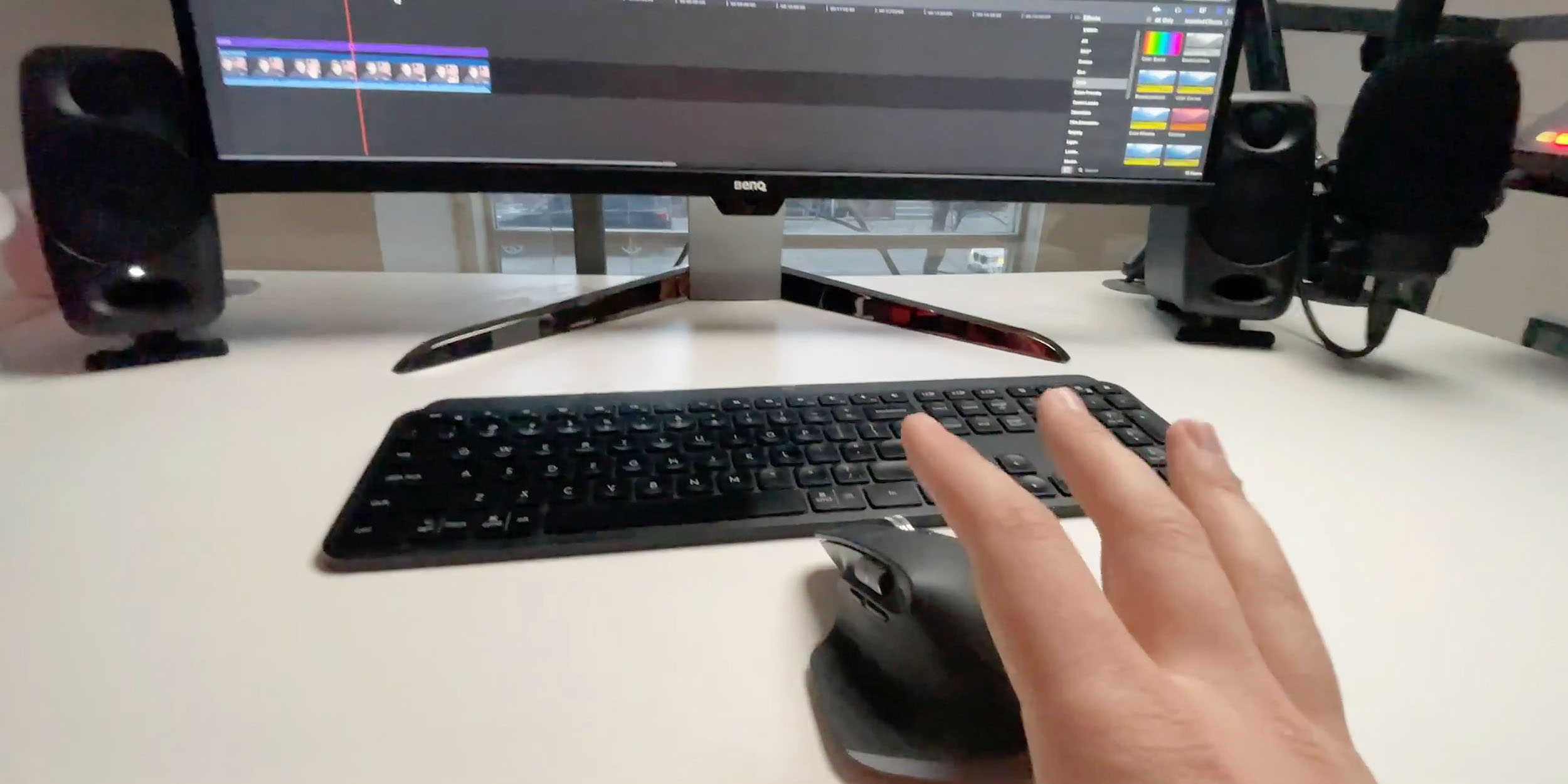
Like the larger HomePod, the mini has a permanently attached power cord, though this time, it ends in a USB-C port. You have to either ask Siri to “stop listening” or dive into the HomePod settings in the Home app in iOS to toggle the feature, a slow and clumsy process. There’s also no physical switch to disable Siri’s always-listening feature. In all, it’s just less accessible than the buttons on Amazon’s speakers or even the touch-sensitive areas on Google’s - a rare miss in this department from Apple.

It’s also much more fiddly to use to adjust volume (especially when nothing is playing), and there’s no visual confirmation for how loud the speaker is set when you do adjust the volume, like you can see with an Echo or Nest Audio. Unless you’re right next to the HomePod mini, it’s hard to tell when Siri has heard your voice command and is responding. In my testing, I’ve found this light-up panel to be harder to see from across the room than the Echo’s glowing ring. The HomePod mini’s light-up panel is harder to see than the Echo’s light ring The USB-C power cable is permanently attached to the HomePod mini. While Siri has gotten better, it’s still the HomePod mini’s Achilles’ heel - well, that and the fact that you still need to be fully embedded in Apple’s ecosystem to get the most out of it. If you have an original in your living room, you can put the mini in various other places in your home without having to invest as much money or take up as much shelf space.īut the rest of the smart speaker world has obviously not stood still, and Amazon and Google have released the most compelling options in their respective lineups this year. It’s clear that Apple designed this to complement the larger HomePod.

It’s smaller, simpler, and way less expensive than its bigger sibling, and thanks to Apple’s work on Siri over the past few years, it can actually do more than the original when it launched. Apple was forced to lower its price, and other retailers had to discount it aggressively in order to get anyone to buy it.įast-forward to now and Apple’s new smart speaker, the $99 HomePod mini, takes a different approach. As a result, the HomePod didn’t really take off.

It was a unique device - instead of prioritizing an accessible price and smart assistant features, it was laser-focused on audio quality and considerably more expensive than its closest competitors from Amazon and Google, while being less capable as a smart speaker. Two and a half years ago, Apple finally entered the smart speaker market with the HomePod.


 0 kommentar(er)
0 kommentar(er)
